By Kyla Winchester
You may have already known it’s Pride Month, but if you didn’t, it wouldn’t take long before corporate logos and sponsored ads gave you a very colourful hint.
There have been more companies than ever joining in with Pride Month celebrations. Putting my cynical hat on, this is likely because aligning with the LGBTQ2SIA community has very little downside: since marriage equality was legalized, there is no longer a "controversial" issue associated with it, so it’s an easy, low-risk way for a company to claim progressive values. And with reports of companies having difficulty finding employees—with some positing reasons such as low wages for hourly positions and commuting for knowledge workers—it can also boost recruitment efforts.
However, as both savvy consumers and people in the charitable sector, you may be wondering as I am which of these companies are actually upholding Pride values while also using its flag.
Digging deeper
To research which are all talk and which are strutting the strut (and how to tell the difference), I clicked on some of the many rainbow-ified posts I encountered on social in the last week. I wanted to take a couple steps beyond their proclamations of ally-ship and look for information on specific actions: donations to and promotion of 2SLGBTQIA charities; company initiatives like hiring practices to support a diverse workforce and policies to support 2SLGBTQIA staff; and lifting/centering voices of 2SLGBTQIA people.
So I clicked through a few posts. The results both were surprising and weren’t.
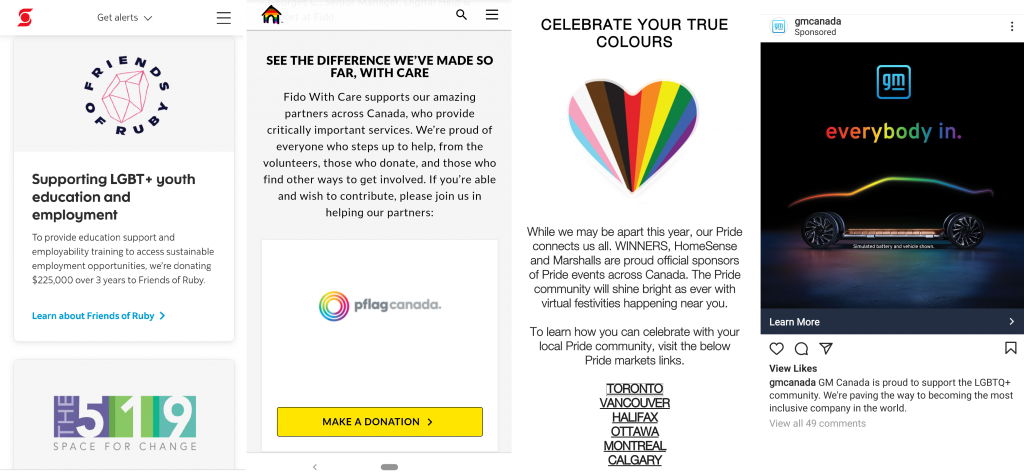
Full points for Scotiabank and Fido for listing the charities they support and talking about internal initiatives and policies. The TJX page (for Winners, HomeSense and Marshalls) said they support Pride organizations but the only info I could find for Toronto was from last year; and Google didn’t show me any pages from 2021 where Pride Toronto referenced the company or the sponsorship. Most likely they haven’t made donations this year (or being generous, they’re possibly in progress, in which case, failing to get sponsorships sorted before posting about supporting Pride is still not great); or alternatively, the gifts are so small as to not merit mention. Unfortunately, this required a couple clicks to find—on the surface it looks like they’re doing the work. Worst of all, GM Canada’s link took me to a page with a snazzy, expensive video banner overlaid with more rainbow text, but it was all about electric vehicles. Yiiiikes.
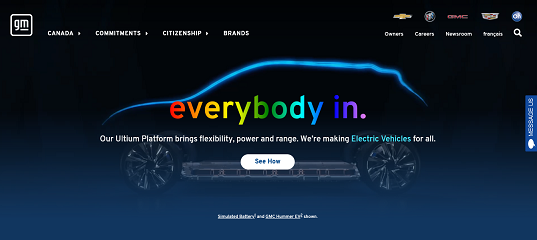
Power in Partnership
Fortunately, corporate partnerships done the right way can bring about a lot of good. However, it means the dynamic has to shift a bit: corporate donors are not all-powerful beings who must be placated in order to get access to their wonderful money. For-profits have a lot to gain by aligning with progressive nonprofits, holding up these partnerships as evidence of their good corporate citizenship. Accordingly, charities can ensure the partnership benefits them and the 2SLGBTQIA community at large in ways that are not just financial. The following are a couple areas to consider:
No is a complete sentence
You don’t have to accept a gift from anyone, especially if there are strings attached, like recognition/promotion of the company that made the donation. Your gift acceptance policy can state that gifts may be returned or refused if affiliation could cause reputational harm. A glaring example is this year’s crop of weapons manufacturers going rainbow while profiting off death and destruction.
Unrestricted gifts or existing programs
A main facet of consideration when accepting any corporate gift is: where does the money go? Clearly, as unrestricted as possible is always the preference, but corporate partners want tangible, quantifiable numbers: "2000 people helped!" However, some initiatives are harder to quantify, or by their nature have intangible results, so there can be a temptation to come up with something new the corporate gift can attach itself to—which can either be more work than it’s worth or can lead to mission-drift, especially if the new program gets a lot of coverage from its corporate partner, while other programs are neglected. Essentially, a donation like this must support existing mission and programs; if you’re doing extra things or new things to satisfy a corporate gift, the tail is wagging the dog.
Centring the charity (not the corporation)
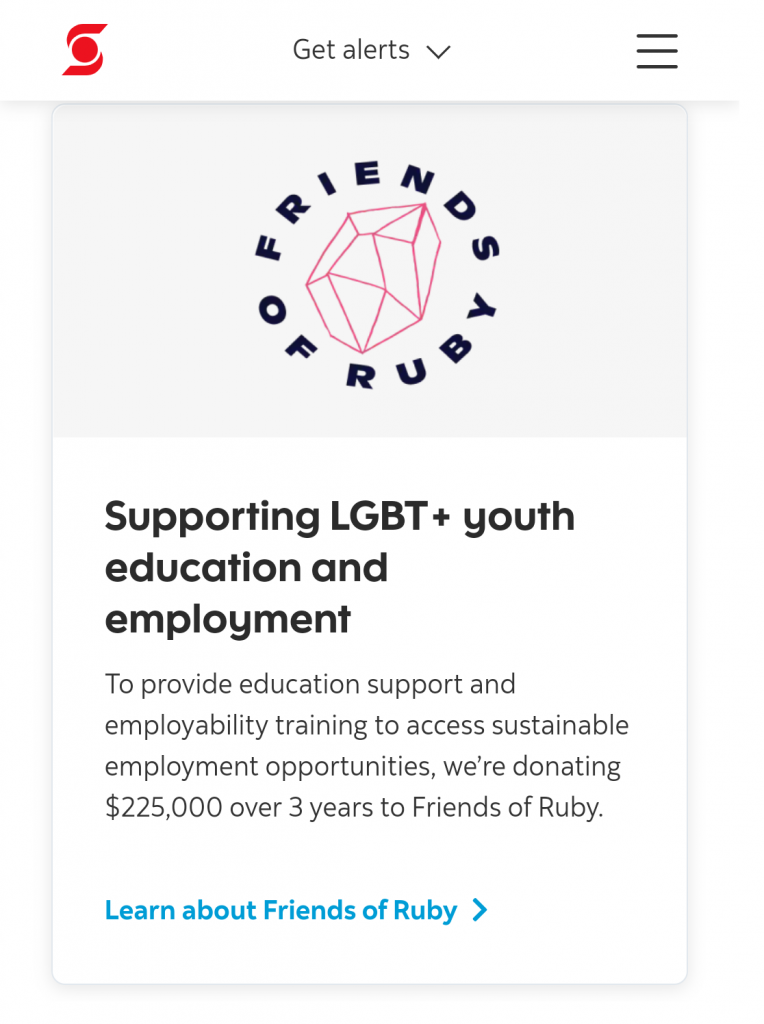
We’ve spoken before about corporations that use charitable work to promote themselves to the exclusion of all others. But it doesn’t have to be that way. You can ensure your corporate partner gives your nonprofit profile and encourages people to support them directly as well indirectly through the company.
Lifting 2SLGBTQIA voices
Similar to centring the charity, this ensures that the voices being heard speaking about 2SLGBTQIA-friendly policies and the importance of a society equally open to everyone are not just the regular company spokespeople. I don’t want to hear what the company president has to say (unless they’re discussing being part of the 2SLGBTQIA community); I want to hear 2SLGBTQIA voices, whether from the company of the charity they support. Here’s an example:
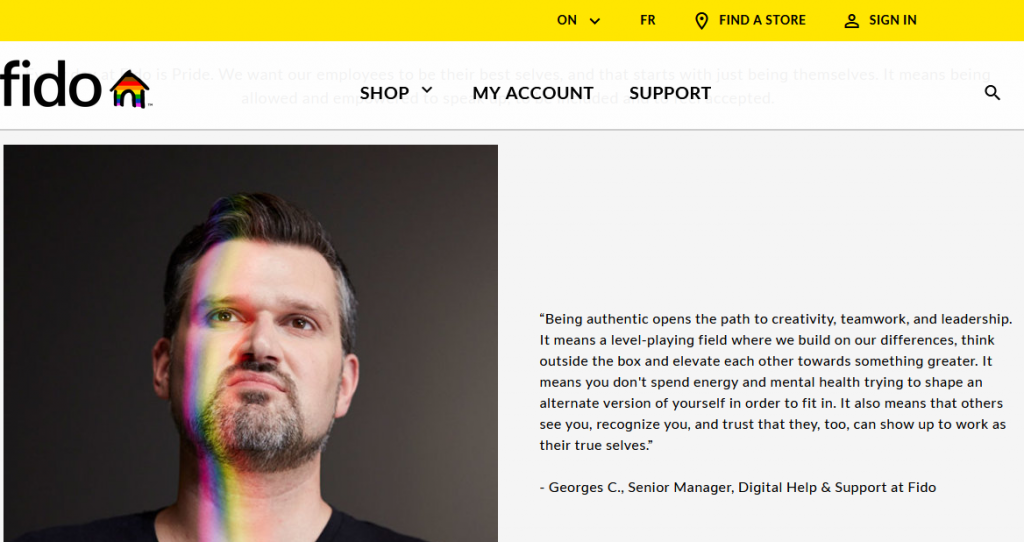
Corporate policies and practices
It’s one thing to say you’re welcoming of different communities, it’s another thing to take action. If a company wants to partner with a 2SLGBTQIA nonprofit, we need to look inside and not just at their PR. Here are a few things to review for 2SLGBTQIA-friendly companies and for inclusion for everyone:
- out staff, especially in the executive;
- benefits and coverage inclusive of people of all orientations and genders (including coverage and leave for things like gender-affirming surgery or adoption);
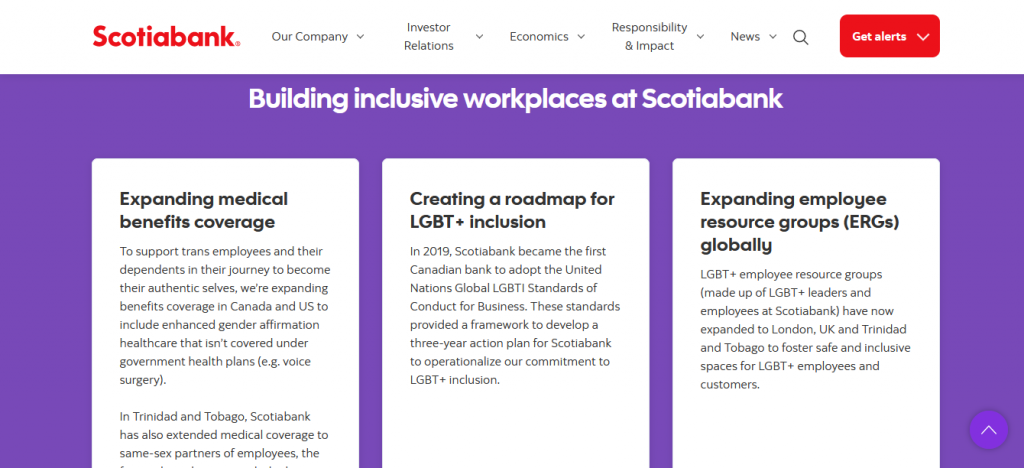
- policies that protect 2SLGBTQIA staff, including those who are transitioning, e.g. respecting pronouns, genderless washrooms;hiring policies that are not only clear about promoting diversity but have processes that support it, e.g. posting salary ranges, explicitly stating in ads that they prioritize inclusive hiring, looking for experience and education other than those that have been used in the past e.g. internships and post-secondary education (to reduce wealth as the primary means to access employment), clarifying that internal applicants and recommendations go through the same process as others (to reduce ‘crony-ism’);
- inclusive language everyday, e.g. internal and external language that talks about ‘all genders’ or ‘children/students’ (instead of boys and girls) or ‘spouses/partners’ (instead of husbands and wives) or ‘pregnant people’.
Of course, this is all based on working with a corporate partner who wants to use their donation to do actually do some good. Hopefully, whichever company is seeking a partnership has already made strides in their work towards true inclusion (in all types of diversity, not only the 2SLGBTQIA community;) if so, you’re simply asking to see what’s already in place or in progress. However, if the contact you’re working with is resistant or doesn’t know if the company will buy in, it’s probably a sign that the partnership isn’t in your nonprofit’s best interest anyway.
